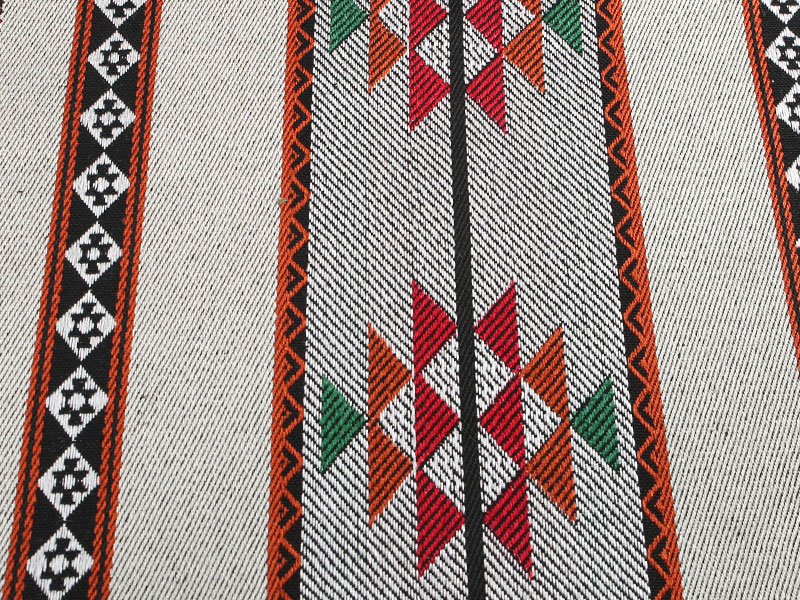Tarpaulins, or “tarps,” are essential for protection across countless applications, from construction sites and agricultural coverings to camping and vehicle storage. The longevity and effectiveness of a tarp are directly tied to the care and maintenance practices employed. Different types of tarp fabric require specific cleaning agents and methods to ensure their protective coatings, integrity, and color are preserved. Ignoring these distinct requirements can lead to premature degradation, loss of water resistance, and costly replacements.
General Tarp Maintenance Principles
Regardless of the material, a few universal best practices apply to all tarp fabric types:
- Regular Inspection: Routinely check the tarp for signs of wear, such as small tears, fraying seams, or compromised grommets. Promptly repairing minor damage with appropriate repair tape or patching kits prevents small issues from becoming major failures.
- Prompt Cleaning: Do not allow dirt, debris, or organic matter (like leaves or bird droppings) to build up. This accumulation can trap moisture and accelerate the growth of mold and mildew, especially on the underside.
- Avoid Harsh Chemicals: Always opt for mild, non-abrasive, pH-neutral soaps or detergents. Harsh chemicals, solvents (like bleach or mineral spirits), and abrasive brushes can damage protective coatings, weaken the tarp fabric fibers, and shorten its lifespan.
- Thorough Drying: This is perhaps the most critical step for all tarp types. Before folding or storing, ensure the tarp is completely dry. Storing a damp tarp is a guaranteed way to encourage mildew and mold growth.
- Proper Storage: Store clean and dry tarps in a cool, dry, and dark location, away from direct sunlight, which can cause UV degradation over time. Folding or rolling neatly prevents deep creases that can weaken the fabric.
Cleaning and Maintenance by Tarp Fabric Type
Specific materials require tailored care to maximize durability.
Polyethylene (Poly) Tarp Fabric
Polyethylene tarps are typically lightweight, durable, and highly water-resistant due to their laminated nature. They are one of the most common and cost-effective tarp fabric materials.
- Cleaning Method: Lay the poly tarp flat on a clean surface. Gently sweep or rinse off loose debris. Use a solution of warm water and a mild, non-abrasive, pH-neutral detergent (such as mild dish soap). Apply the mixture with a soft cloth, sponge, or soft-bristle brush, using gentle, circular motions.
- Stain/Mildew Removal: For stubborn stains or mildew, a very weak concentration of a non-abrasive detergent in warm water (max $50^{\circ}\text{C}$) is generally effective. Rinse thoroughly. Avoid acidic chemicals or solvents as they can weaken the fabric’s UV resistance.
- Drying: Air-dry completely. Hanging the tarp over a fence or line is ideal, ensuring air circulation on both sides.
- Key Maintenance Note: Avoid excessive tension when securing, as this can pull out grommets or stress the laminated layers of the tarp fabric.
Vinyl (PVC Coated) Tarp Fabric
Vinyl tarps are known for their heavy-duty strength, excellent tear resistance, and superior waterproofing. They are often used for truck covers and industrial applications.
- Cleaning Method: As with poly, spread the tarp out, rinse off debris, and use a solution of mild soap and water. Use a soft cloth or a soft-bristle brush to clean. The PVC coating is sensitive to abrasive action.
- Stain/Mildew Removal: Tough stains like grease or oil may respond to a water-based biodegradable degreaser or an aliphatic solvent. Never use strong solvents (like acetone or thinner), as they will damage the PVC coating and expose the polyester core, accelerating degradation. A 10% bleach, 90% water solution can be used for mildew, but should always be spot-tested first.
- Drying: Rinse completely to remove all soap residue, then air dry. Ensure it is completely dry before folding.
- Key Maintenance Note: The PVC coating on this tarp fabric is critical. Never use high-pressure washers too close to the material, as this can physically damage the coating. Consider applying a UV protectant spray to extend the life of the vinyl, especially with prolonged sun exposure.
Canvas (Treated Cotton) Tarp Fabric
Canvas tarps are valued for their breathability, strength, and classic aesthetic. Most are treated to be water and mildew-resistant.
- Cleaning Method: Gently brush off loose dirt. Use a solution of lukewarm water and a very mild soap (e.g., Ivory Snow, Dreft). Scrub lightly with a soft-bristle brush. The primary concern is protecting the treatment applied to the tarp fabric.
- Stain/Mildew Removal: Be extremely cautious. Harsh detergents or excessive scrubbing can strip the factory waterproofing or mildew-resistant treatment. For mildew, some manufacturers may approve a very diluted bleach/soap mixture for spot cleaning only; consult the manufacturer’s guidelines.
- Drying: Air-dry thoroughly in the sun. The natural sunlight aids in preventing mildew. Never use a heat source or a clothes dryer.
- Key Maintenance Note: Due to the nature of the cotton tarp fabric, re-treatment is a common part of maintenance. Over time, the water-repellent coating will wear off. After a thorough cleaning, apply a waterproofing or water-repellent spray or concentrate specifically designed for canvas to restore the tarp’s protective barrier.
Summary of Best Practices
| Tarp Fabric Type | Recommended Cleaner | Cleaning Implement | Key Warning |
|---|---|---|---|
| Polyethylene (Poly) | Mild, pH-neutral detergent and warm water. | Soft cloth, sponge, or soft-bristle brush. | Avoid acidic chemicals or high heat. |
| Vinyl (PVC Coated) | Mild soap and water; Water-based biodegradable degreaser for tough stains. | Soft cloth or soft-bristle brush. | NEVER use harsh solvents (acetone, thinner) or abrasive tools. |
| Canvas (Treated) | Very mild, non-detergent soap (e.g., dish soap) and lukewarm water. | Soft-bristle brush, light scrubbing only. | Avoid stripping the water-resistant treatment; may require re-waterproofing after cleaning. |
Maintaining your tarp fabric correctly is an investment in its longevity. By understanding the specific needs of each material and adhering to these professional cleaning and maintenance protocols, you ensure your tarp remains a reliable, high-performance protective tool for years to come.


 Language
Language  English
English 中文简体
中文简体 عربى
عربى






















